Oil and gas prices are contrary to expectations .. What are the reasons?
Why do oil and gas prices remain low? A report in "The Economist" refutes the reasons.
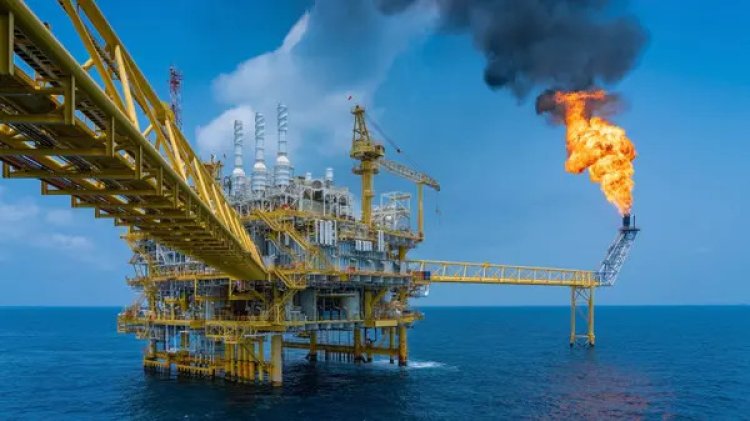
After the outbreak of the Russian-Ukrainian war in February 2022, energy prices were affected by any bad news and skyrocketed.
However, according to British magazine “The Economist”, things have changed since January 2023, and prices have stabilized at lower rates than they were last year.
prices drop
Since January, Brent crude, the global oil benchmark, has hovered around $75 a barrel, compared to $120 a year ago. In Europe, gas prices fell by 88% from their highest levels last August, to reach $38 per megawatt hour, according to The Economist.
This decline in prices comes at a time when the Organization of the Petroleum Exporting Countries (OPEC) and its allies announced a sharp cut in production. In America, the number of oil and gas rigs fell for 7 consecutive weeks, as producers responded to the meager earnings on offer.
In Norway, many gas facilities, which have become vital to Europe, are undergoing lengthy maintenance. The Netherlands is also in the process of closing the largest gas field in Europe. Despite the foregoing, any price hike fades quickly, according to The Economist.
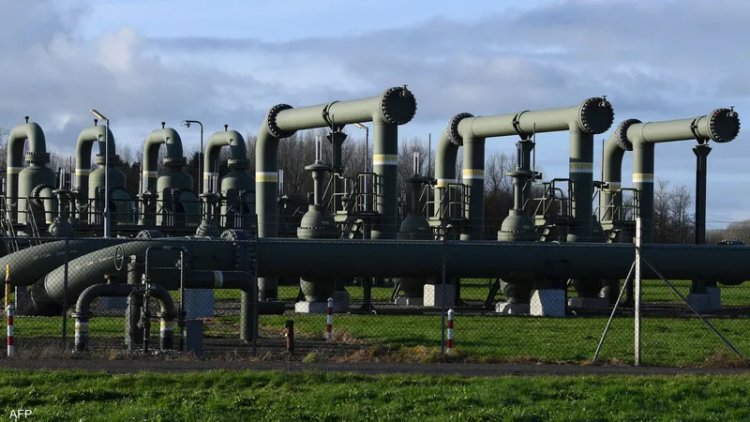
Why do prices stay low?
The British magazine explains that a decline in demand may be part of the answer. In recent months, global economic growth prospects have receded, several bank failures this spring raised concerns about an imminent recession in America, and consumer inflation in Europe. In America and Europe, the full impact of raising interest rates has yet to be seen.
Whereas in China, the post-COVID recovery is much weaker than expected. Anemic growth, in turn, dampens fuel demand. However, the recovery of transportation, tourism, and travel after lifting zero Covid restrictions in China means consuming more diesel, gasoline, and jet fuel.
In America, a 30% drop in gasoline prices compared to last year bodes well for the summer driving season. In Asia and Europe, high temperatures are expected to continue, which will raise the demand for gas electricity generation for cooling. This makes the argument for declining demand entirely unconvincing.
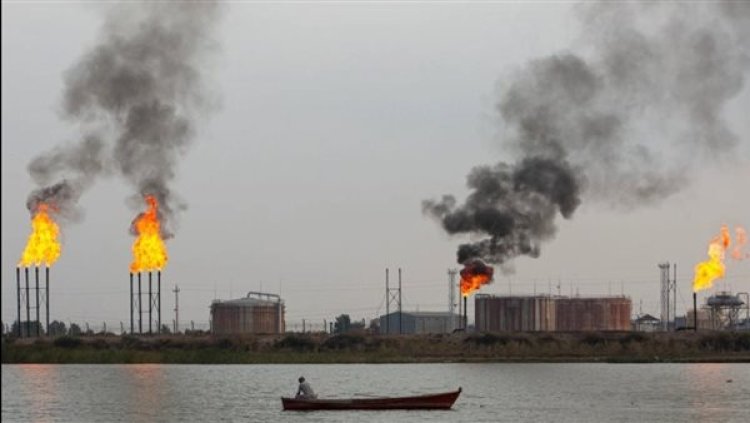
Oversupply
The Economist argues that the supply side of the equation may provide a more convincing explanation. The past two years of high prices have stimulated non-OPEC production.
Oil flows from the Atlantic Basin, through a mixture of traditional wells in Brazil and Guyana, and shale and sand oil production in America, Argentina and Canada. Norway is pumping more, too. JPMorgan Chase estimates that non-OPEC production will rise by 2.2 million barrels per day in 2023.
Promises to reduce production
Theoretically, the production cut announced by OPEC countries last April, by 1.2 million barrels per day, and by Russia, by 500,000 barrels per day, to which Saudi Arabia added 1 million barrels per day in June, should equal this increase in supply.
However, according to The Economist, production in these countries did not decrease as much as promised, and other OPEC countries are increasing their exports, led by Venezuela and Iran. The magazine states that one-fifth of the world's oil now comes from countries subject to Western embargoes, which are sold at reduced prices, which contributes to lowering prices.
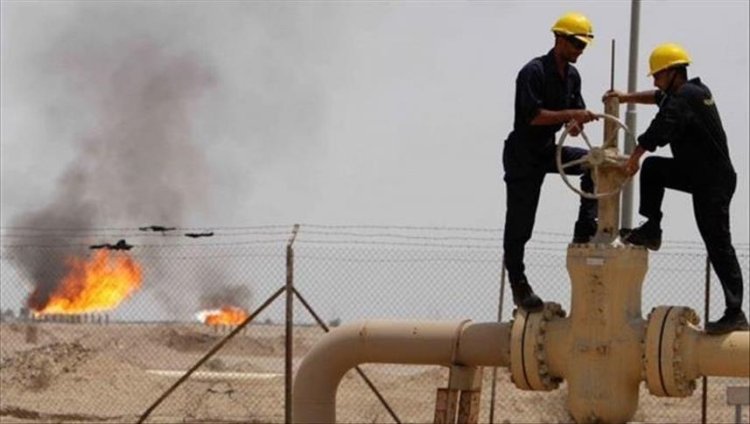
What about gas?
Regarding gas, the supply situation is more complicated, according to the British magazine, because the main Russian pipeline supplying Europe is closed. But Freeport LNG, a facility that handles a fifth of America's LNG exports and was damaged in last year's explosion, is back up and running.
Also, Russia's other exports to continental Europe continue. Norwegian exports will be fully resumed in mid-July. More importantly, Europe's current inventories are huge, and storage facilities are 73% full, compared to 53% last year, and on track to reach 90% before December. Wealthy Asian countries, such as Japan and South Korea, have an abundance of gas.

Inflation effect
When inflation rose and interest rates remained modest, commodities, especially crude oil, were an attractive hedge against rising prices, driving prices higher. Now that speculators are anticipating lower inflation, that attraction has weakened. As a result, net speculative positions, which are the balancing of long and short bets placed by bettors on the oil futures markets, declined.
According to The Economist, higher interest rates increase the opportunity cost of holding crude oil stocks, so actual traders dump their stocks. The volume of floating storage fell from 80 million barrels in January to 65 million barrels in April, the lowest level since 2020.
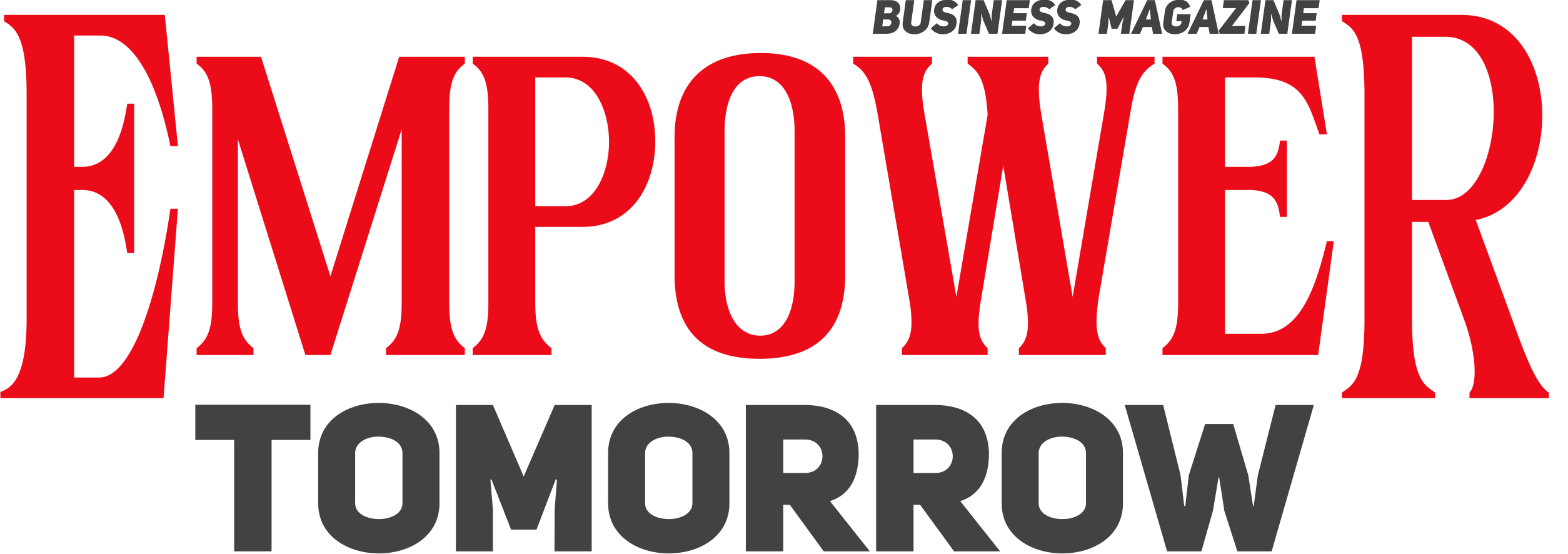

 Shrouq
Shrouq 












